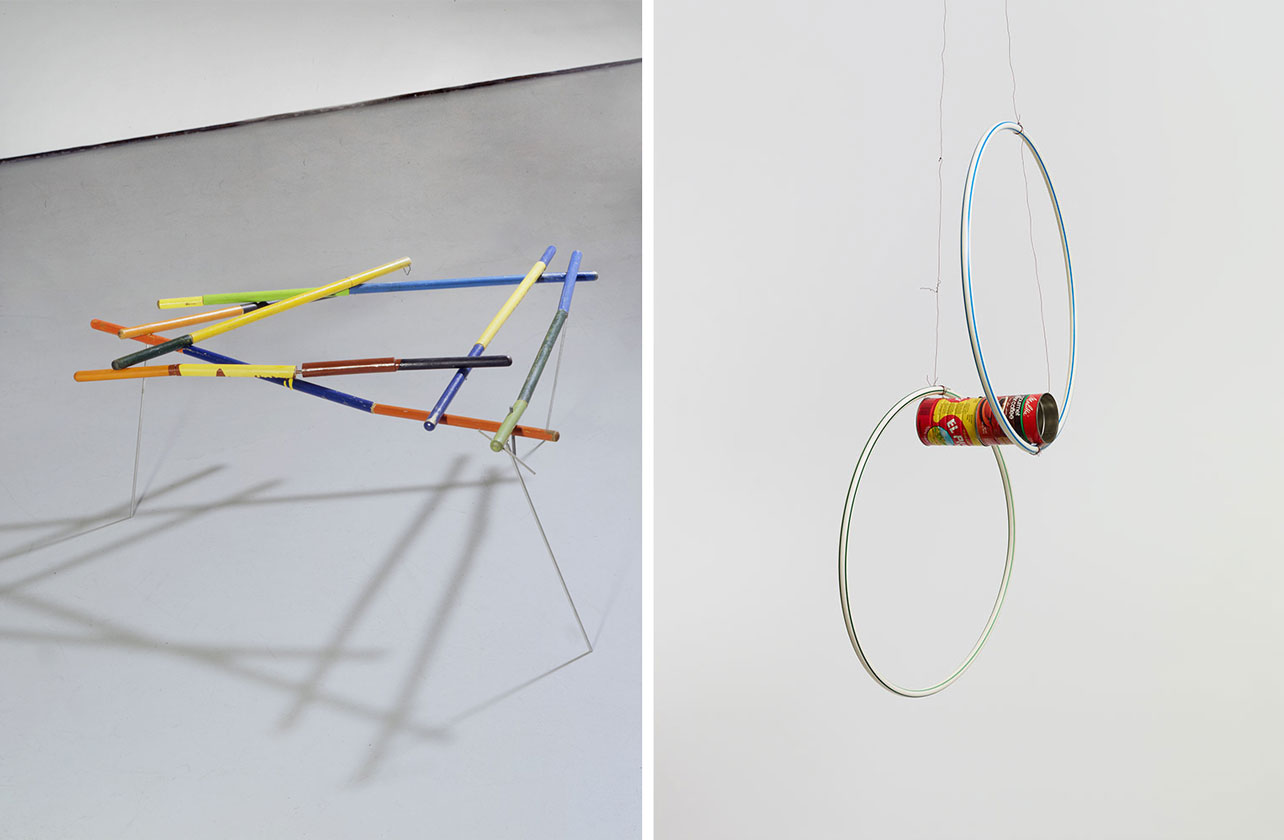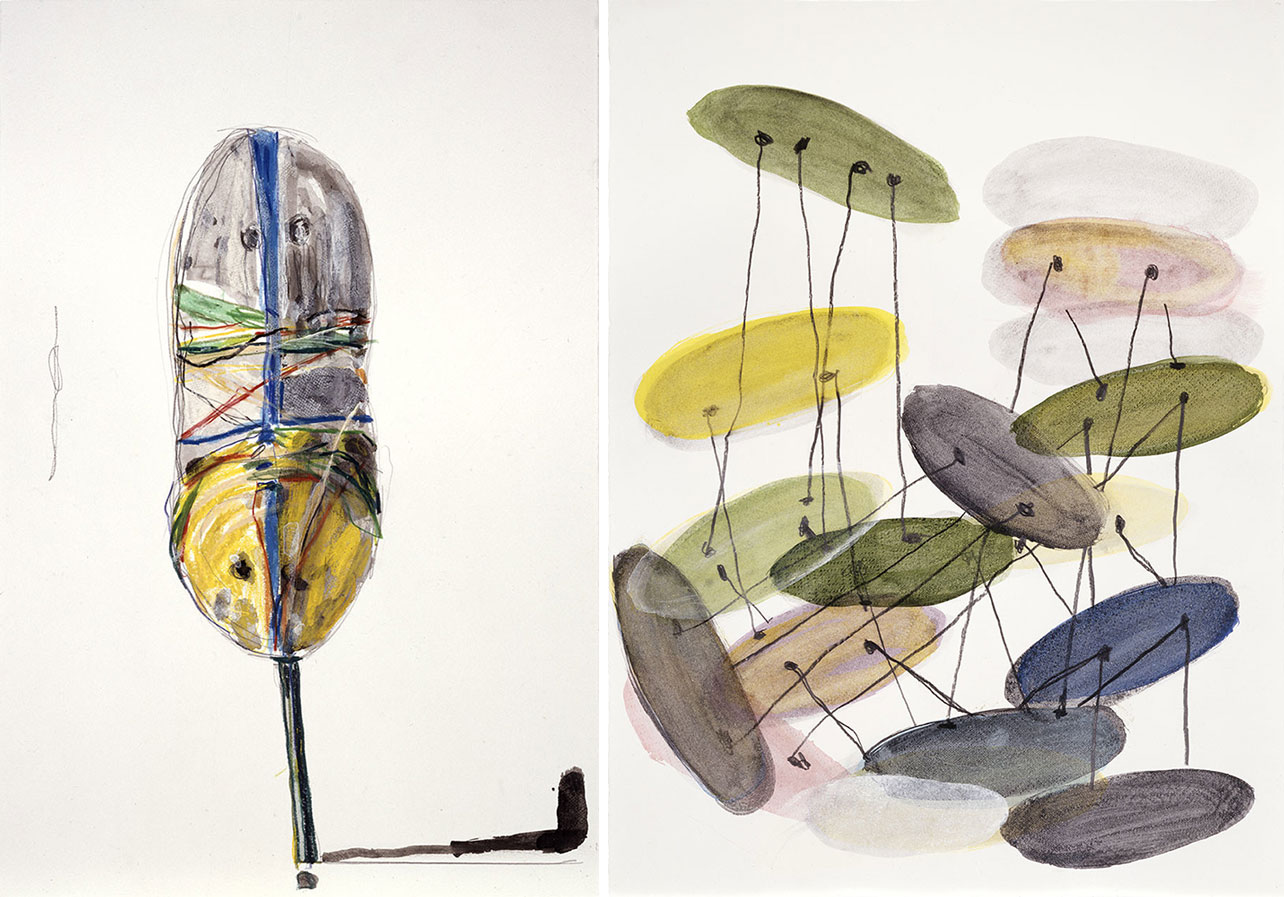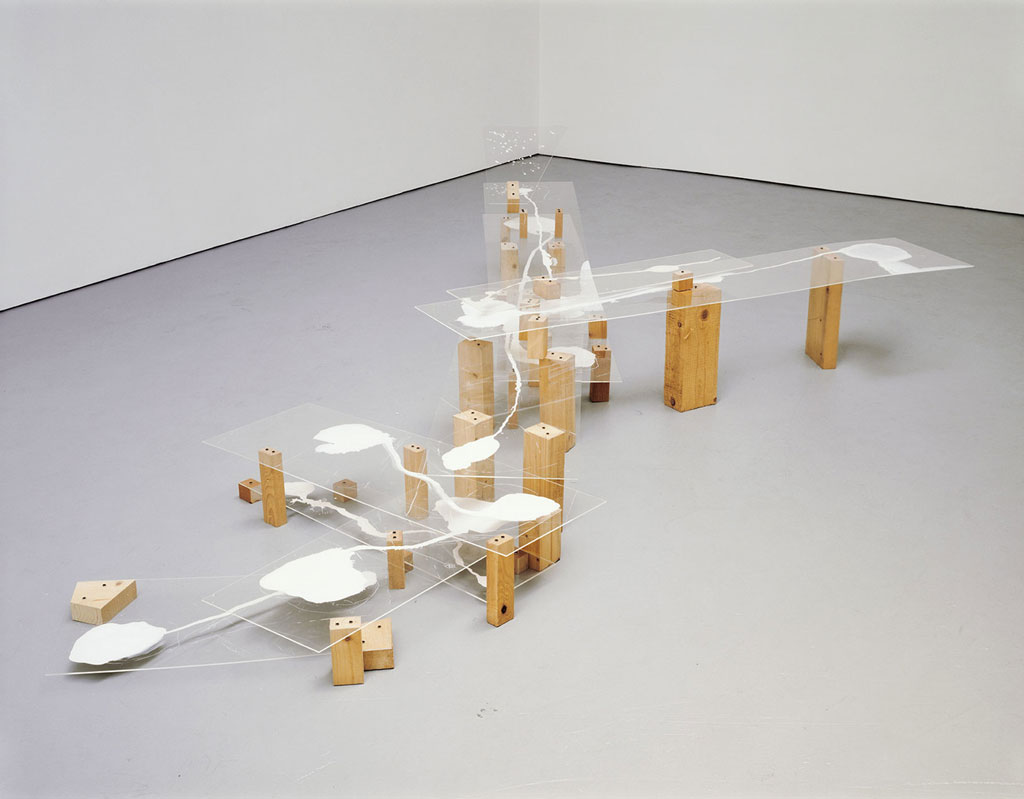ART-PREVIEW:Al Taylor-A / LOW / HA,The Hawaiian Works
 Having begun his studio practice as a painter and draughtsman, in 1985 Al Taylor devised a uniquely innovative approach to process and materials that encompassed two-dimensional drawings and three-dimensional constructions, thereby creating compositions which were grounded in the formal concerns of painting. Taylor ultimately sought to expand the possibilities of vision by creating new ways of experiencing and imagining space, and his work provides the viewer with an insight into the artist’s thinking and his investigations of perception across several dimensions.
Having begun his studio practice as a painter and draughtsman, in 1985 Al Taylor devised a uniquely innovative approach to process and materials that encompassed two-dimensional drawings and three-dimensional constructions, thereby creating compositions which were grounded in the formal concerns of painting. Taylor ultimately sought to expand the possibilities of vision by creating new ways of experiencing and imagining space, and his work provides the viewer with an insight into the artist’s thinking and his investigations of perception across several dimensions.
By Efi Michalarou
Photo: David Zwirner Gallery Archive
![Al Taylor (Thirds), 1993, Hot-rolled steel, tin cans and wire, 173.4 x 148 x 67.9 cm, © 2019 The Estate of Al Taylor, Courtesy The Estate of Al Taylor and David Zwirner Gallery Right: Al Taylor, Untitled (100% Hawaiian) [title attributed], 1994, Graphite and gouache on paper, 80.6 x 58.1 cm, © 2019 The Estate of Al Taylor, Courtesy The Estate of Al Taylor and David Zwirner Gallery](http://www.dreamideamachine.com/web/wp-content/uploads/2020/03/01a.jpg)
Spanning the last decade of the artist’s career, the works on view in the exhibition “A / LOW / HA: The Hawaiian Works”, focus on Al Taylor’s fascination with Hawaii—its scenic beauty, history, oceanic culture, and the daily lifestyle of the Hawaiian people. Taylor first traveled to Hawaii in 1987, working as an art handler for a hotel developer on Maui and then again on Kauai in 1988. These initial visits sparked the artist’s curiosity and became an important source of study and inspiration in his work over the ensuing years. Using his characteristic humor and deft draftsmanship, these works playfully examine ordinary objects such as plastic leis, broomsticks, and foam fishing-net floats, and explore a range of the natural phenomena that he observed, including reflected sunlight and the flow patterns of ocean waves. To celebrate his fiftieth birthday in 1998, Taylor visited Kauai and the big island of Hawaii. Upon his return—and inspired by his Hawaiian experience—the artist created an explosion of new drawings and sculptures, which, following his untimely death in 1999, would turn out to be his last works. Al Taylor was born in Springfield, Mo., and studied painting at the Art Institute in Kansas City, Mo. He also attended the Yale-Norfolk Summer Session in Norfolk, Conn., and the Whitney Museum of American Art Independent Study Program in New York. He moved permanently to New York in 1970, supporting himself by working as an art mover and installer, a set designer’s assistant and for eight years as a studio assistant of Robert Rauschenberg. For many years he painted, but in 1980 he traveled to Africa and returned without enough money to buy canvas to paint on. Inspired by the way children in Africa fashioned toys out of trash, he began working with materials he found on the street. His first three-dimensional works were spare wall pieces made of broomsticks and thin wood slats that resembled skewed architectural models or functionless farm tools. He resisted calling himself a sculptor, expecting to work his way back to paint on canvas. This seemed a distinct possibility in the early 1990’s, when he started working with liquids and gravity, creating rivers of paint and ink that seemed to have flowed down terraced planes of clear plastic. But some of his last works were the most sculptural, particularly a series of iron sculptures he made in 1997 in a village in Bavaria with the help of the local blacksmith.
Info: David Zwirner Gallery, 537 West 20th Street, New York, Duration: 5/3-18/4/20, Days & Hours: Tue-Sat 10:00-18:00, www.davidzwirner.com
![Left: Al Taylor, Untitled (Thirds), 1993, Hot-rolled steel, tin cans and wire, 173.4 x 148 x 67.9 cm, © 2019 The Estate of Al Taylor, Courtesy The Estate of Al Taylor and David Zwirner Gallery Right: Al Taylor, Untitled (100% Hawaiian) [title attributed], 1994, Graphite and gouache on paper, 80.6 x 58.1 cm, © 2019 The Estate of Al Taylor, Courtesy The Estate of Al Taylor and David Zwirner Gallery](http://www.dreamideamachine.com/web/wp-content/uploads/2020/03/tayal0021_1.jpg)
Right: Al Taylor, Untitled (100% Hawaiian) [title attributed], 1994, Graphite and gouache on paper, 80.6 x 58.1 cm, © 2019 The Estate of Al Taylor, Courtesy The Estate of Al Taylor and David Zwirner Gallery

Right: Al Taylor, Full Gospel Neckless (Dog Walk), 1997, P.E. plastic tube, P.V.C. plastic pipes, galvanized steel wire, and plastic-coated copper telephone cable, 482.6 x 251.5 x 158.8 cm, © 2019 The Estate of Al Taylor, Courtesy The Estate of Al Taylor and David Zwirner Gallery

Right: Al Taylor, Cans & Hoops, 1993, Plastic hula hoops, tin cans, and plastic-coated wire, 371.2 x 30.5 x 66 cm, © 2019 The Estate of Al Taylor, Courtesy The Estate of Al Taylor and David Zwirner Gallery

Right: Al Taylor, Untitled (Without Riggers), ca. 1998-1999, Graphite, gouache, ink, acrylic paint, and acrylic mica mortar on Arches Aquarelle paper, 76.5 x 57.5 cm, © 2019 The Estate of Al Taylor, Courtesy The Estate of Al Taylor and David Zwirner Gallery

